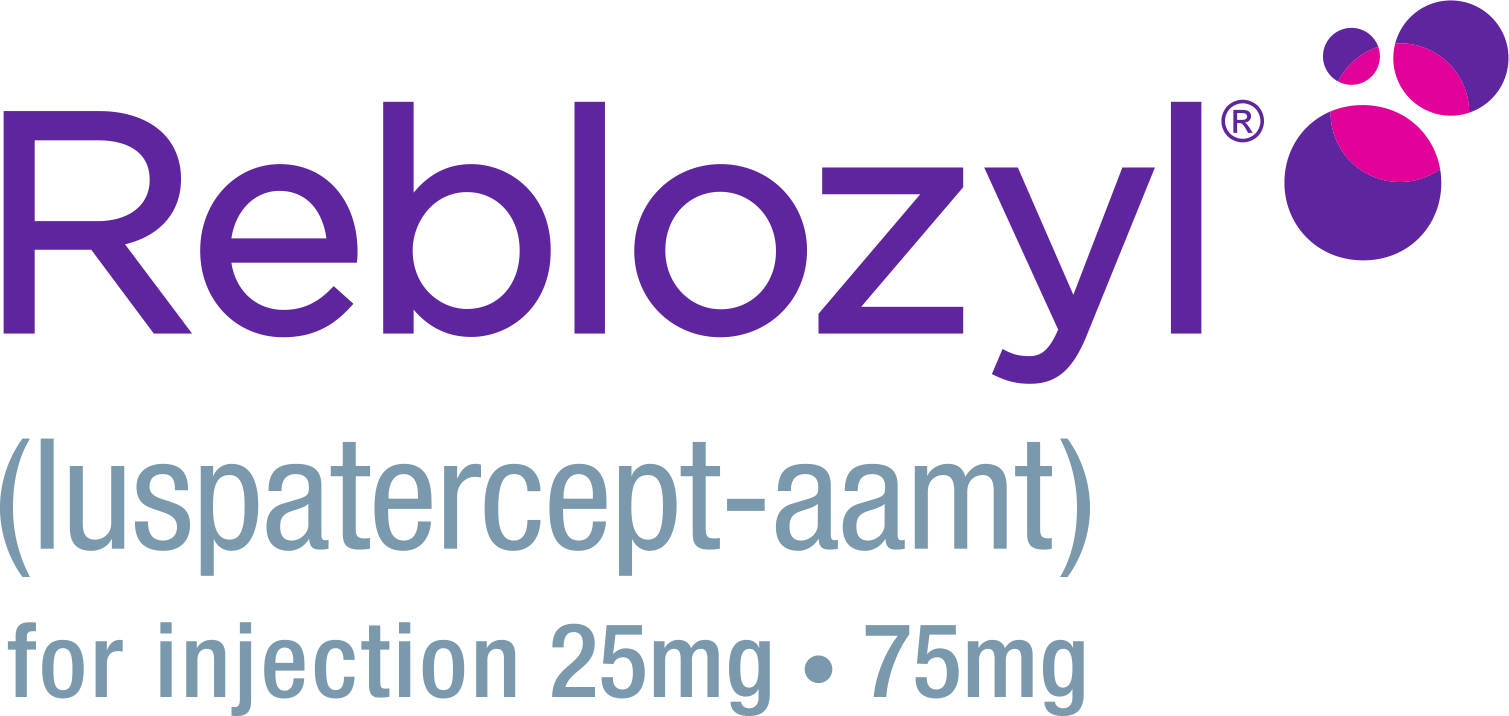THE NEED FOR REBLOZYL
Beta-thalassemia is a genetic disorder that can cause chronic anemia that may require transfusions1
Ineffective erythropoiesis is an underlying cause of anemia in patients with beta-thalassemia2,3

Ineffective erythropoiesis in beta-thalassemia is characterized by2:
- Increased proliferation of erythroid progenitors
- Increased death of erythroid precursors
- Impaired erythroid maturation

Ineffective erythropoiesis may lead to transfusion-dependent anemia2,3
There is a need to address ineffective erythropoiesis, improve anemia, and reduce transfusions in adult patients with beta-thalassemia:
Learn how REBLOZYL addresses ineffective erythropoiesis
References: 1. Cappellini MD, Viprakasit V, Taher AT, et al. A phase 3 trial of luspatercept in patients with transfusion-dependent β-thalassemia. N Engl J Med. 2020;382(13):1219-1231. 2. Oikonomidou PR, Rivella S. What can we learn from ineffective erythropoiesis in thalassemia? Blood Rev. 2018;32(2):130-143. 3. Suragani RN, Cawley SM, Li R, et al. Modified activin receptor IIB ligand trap mitigates ineffective erythropoiesis and disease complications in murine β-thalassemia. Blood. 2014;123(25):3864-3872.

